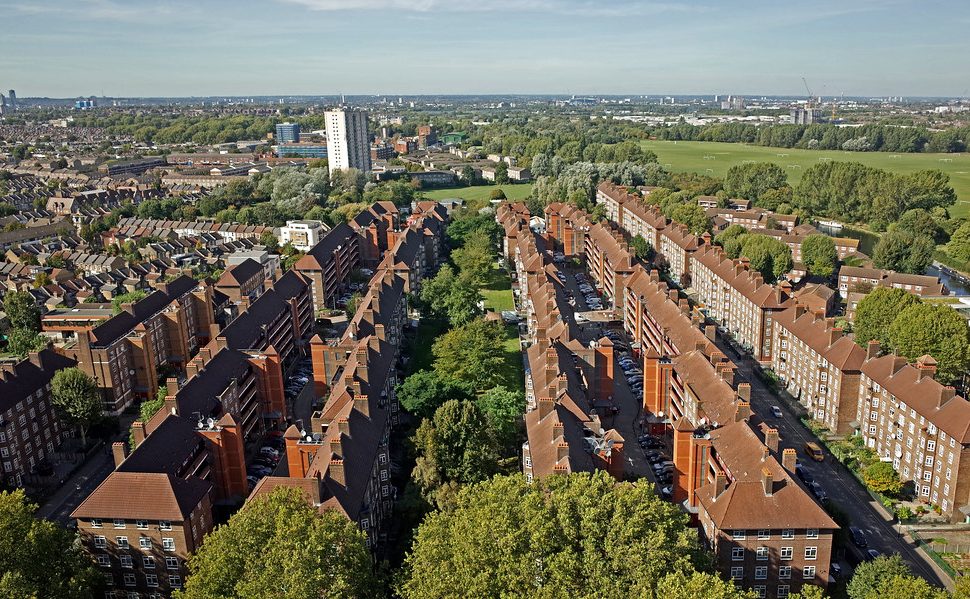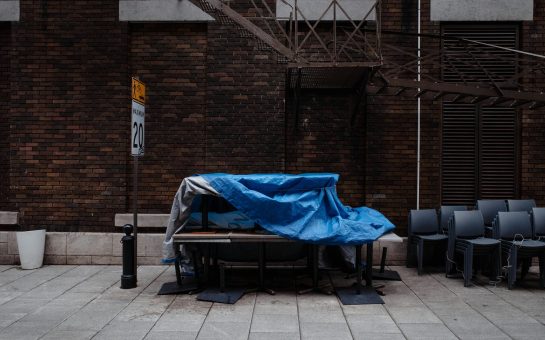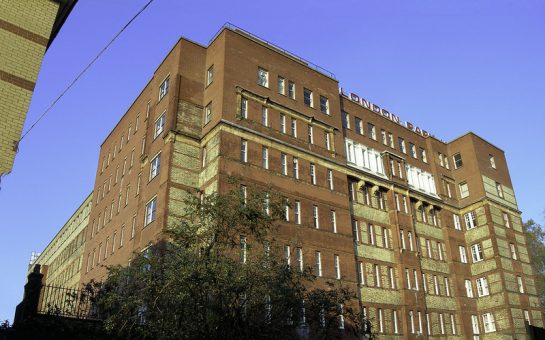Councils in London spent more than £1.3 billion on temporary accommodation for families in the last seven years.
Figures obtained by Freedom of Information requests submitted to all 32 London boroughs laid bare the shocking extent of homelessness in the capital.
Campaigners said the amounts highlight the desperate need for more affordable homes in London amid a chronic shortage of social housing.
Chief Executive of the homeless charity Crisis, Matt Downie, said: “This is only going to get worse as more people struggle with escalating bills and living costs that will see them need help from a system already stretched to breaking point.
“Provision of temporary accommodation is supposed to be just that, temporary, so it’s unthinkable that people are spending years in B&Bs, in some instances more than a decade. But for many, this is their reality.
“A national strategy to deliver affordable housing must be put in place if we are to prevent people from becoming trapped in temporary accommodation and help them to leave homelessness behind for good.”
The data shows £1.35 billion was spent on temporary housing for more than 100,000 households between 2015 and 2021.
In that time, the annual cost has risen by 35%, with councils spending more than £177 million on temporary accommodation between 2020-21 alone.
The total amount is expected to be higher with Hounslow, Kensington & Chelsea, and Merton exempting data under Section 12 of the Freedom of Information Act.
Responsible for just under a third of total expenditure, Enfield Council spent more than £309 million on the provision of temporary accommodation for 4,440 households.
Meanwhile, the boroughs of Ealing, Barking & Dagenham, Brent and Bexley account for nearly half of all spending, collectively forking out more than £550 million in six years.
Southwark Council alone saw its spending soar by 472%, rising from more than £3 million in 2015, to almost £17.5 million by the end of 2021.
It follows analysis by the Local Government Association which revealed spending on placing homeless households in bed and breakfasts surged by 430% in 2019-20.
The capital is currently at the epicentre of the housing crisis, with more than 250,000 Londoners on wait- ing lists for council homes as the effects of the Covid-19 pandemic continue to be felt.
Temporary accommodation is offered to households that councils accept are homeless, eligible for support and may be in a priority group, but criteria varies.
The number of homeless households living in temporary housing in London is at near-record levels, and the number of homeless children has increased by 60% since 2011.
Households spent an average of 2.3 years in temporary accommodation between 2015-21, with more than half of London boroughs placing families in hostels and private-rented properties.
In Redbridge, one family spent more than 30 years in temporary housing while in Islington a household was forced to wait 17 years before being moved into secure accommodation.
The findings come as research from the housing charity Shelter found that 58% of survey respondents said temporary accommodation had negatively impacted their health.
In its report ‘Living in Limbo’, it revealed that more than half of respondents were also suffering from depression, with the figure even higher for those who were unemployed.
Chief Executive of Citizens Advice Enfield, Nnenna Anywanu, said: “The likelihood of obtaining a council property is now so remote, with people waiting more than 10 years.
“There is just not enough social housing stock to meet the demand.
“Expecting to be rehoused in a short period of time, but ending up staying put for years in temporary accommodation, can play on the mind and your ability to put down roots.
“It also affects children, education and their confidence and ability to socialise.”
Responding to the findings, a spokesperson for Enfield Council, said: “Temporary accommodation is an important safety net for emergencies but is not a long-term solution to the issue of homelessness.
“Londoners are at risk of desperately suffering as a result of the housing and cost of living crisis, for example most of the temporary accommodation used in the UK is required by boroughs across London.
“We call on the government to develop a plan for London, which recognises the challenges faced and which brings forward the right solutions and funding.”
Featured image credit: Alan Denney





